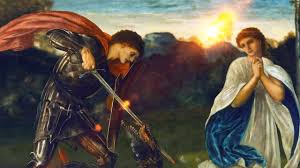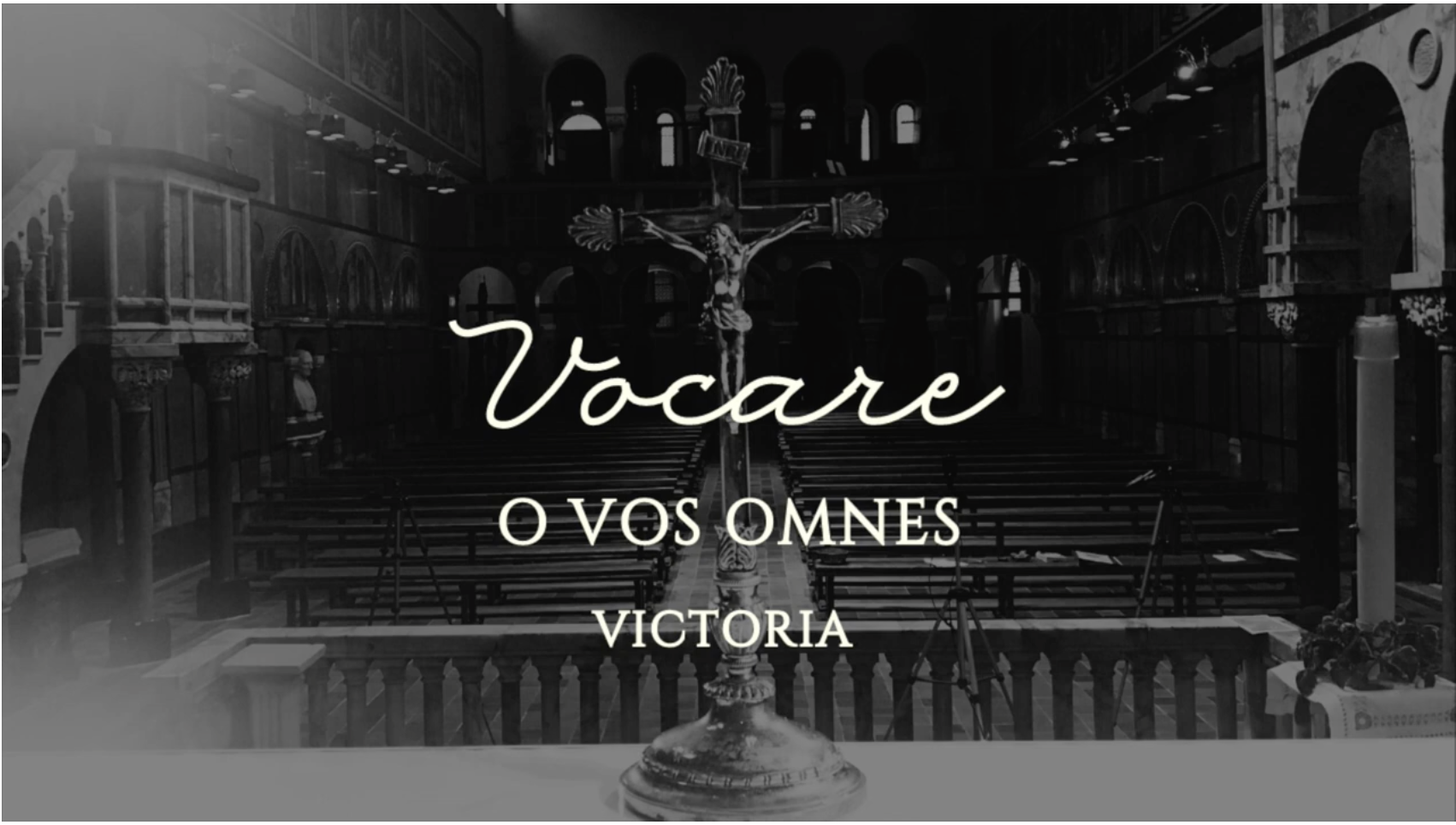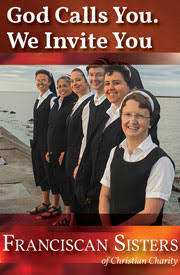A student sent me a copy of “A Sermon from a Stained Glass Window,” which Father Edmund Walsh, S. J., delivered at Dahlgren Chapel on the Georgetown Campus on May 19, 1935. A window in that chapel depicts Sir Thomas More. Walsh was the founder of Georgetown’s School of Foreign Service in 1919. He headed the papal famine relief effort in Russia after World War I. Walsh wrote Total Power among other books. He was a consultant on the Nuremburg Trials after World War II. Though I never knew him, I was an acolyte at his funeral in 1956.
The cornerstone for Dalghren Chapel was laid on May 19, 1892, in the presence of James Cardinal Gibbons. The canonization of Thomas More and Bishop John Fisher took place in Rome on May 19, 1935. The coincidence was the occasion for Walsh’s sermon. He pointed out that an “ancient conflict” has continually raged on the “stage of human affairs.” In the four hundred years since More’s beheading, Walsh remarked, the same drama has taken place in different places and forms. We remember Sir Thomas because of his stature. The two personalities, Henry VIII and More himself, were world significant figures. What they were at odds about was the reality of man’s highest loyalty.
The matter, Walsh thought, “was clean cut.” More was a first-class thinker and judicious legal mind. Henry’s divorce of first wife, Catherine of Aragon, is well-known. To accomplish this divorce, Henry declared himself head of both Lords Temporal and Lords Spiritual. Within his realm at least, he pretty well succeeded. John Fisher was the only bishop really to oppose him.
To the King’s move for absolute authority, the response of More and Fisher was firm rejection. In Walsh’s words: “To all the attractive arguments this world can muster, long life, honor, riches, country estates and town-houses, power and influence, they returned the same answer that Christians in the Coliseum gave to Nero: ‘We cannot and we will not put any man’s favor above the law of God.’” More was beheaded on July 6, 1535. “His bleeding head was affixed to London Bridge for thirty days.” The King made his point. He also made More, in another way, the most significant figure of his and our time.

Thomas More by Hans Holbein the Younger (1527)
Walsh noted that the first Englishman to write a tribute to More was Joseph Addison, in the Spectator #349 for April 10, 1712. Addison observed that More’s “mirth” did not fail him in the end: “He [More] did not look upon the severing of his Head from his Body as a Circumstance that ought to produce any Change in the disposition of his Mind.”
In 1935, most people, friend or foe, had come to recognize More’s nobility and sanctity: “But the lapse of time (since More’s death) has also brought a return of the identical conflict between Caesar and conscience. The old, old combat is again being fought in Russia, Mexico, and Germany. It will recur and after, so long as human passions clash with conscience. Who will say that it will not come to you or in the United States?”
One reads these words of some seventy-five years ago with sobriety. At the time, Walsh was mainly concerned with the Communist and Nazi systems. In the form of that time, they have had their day. “It is not my function,” Walsh continued, “to discuss from this altar these specific problems at the present time. But it is my function to remind ourselves that, should they arise, we are to draw our strength, our solace, and our light from the same resources which illuminated Thomas More.”
When he was Chancellor of England, More, at morning Mass, “would don the garb of an acolyte and reverently serve the altar.” This service led to the famous quip of the Duke of Norfolk that, as a “parish altar-boy,” he demeaned both the King and his own Office. More saw farther than the Duke. “It cannot,” he replied, “be displeasing to my Lord the King, that I pay homage to the King’s Lord.”
Such words, recalled in 1935 on the day of More’s canonization, call our attention to the fact that this “ancient conflict” remains in our very midst. We see politicians casting their lots with Henry successors, with those who see nothing higher than the state that is now able and capable of enforcing issues of human worth far more aberrant than those with which More had to deal.
It is not just the head of the Chancellor that is being literally lopped off in our time. We hardly notice. We have politicians, Catholic ones, who implicitly side with Henry. The bishops? Let’s hope, we have more than one John Fisher. But Walsh was right; the issue is the same once we reduce it to principle.















